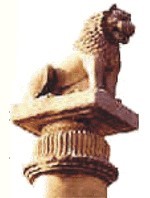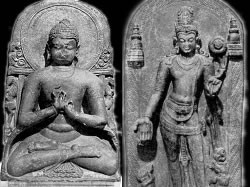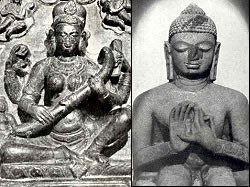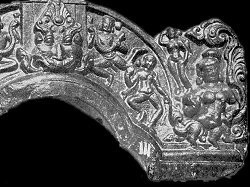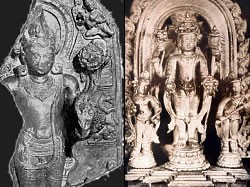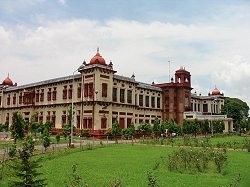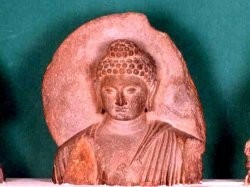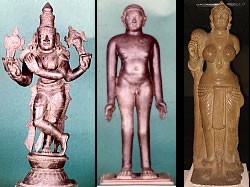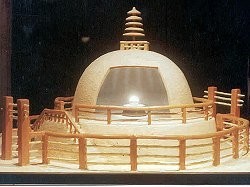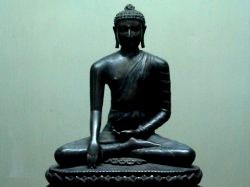Vinay Kumar IAS, director, Department of Tourism,
Government of Bihar spoke to Joy Roy Choudhury of the dept’s major plans
What are the major tourism infrastructure
development projects being implemented in the state now?
For the first time, a comprehensive Tourism Policy has been
formulated and is being implemented. Tourism has been accorded the status of
industry in the state, and a Tourism Protection Force shall be in existence
very shortly. Very serious and planned steps have been taken to build, improve
and renovate infrastructure. Selection and training of tourist guides are under
way. A Tourism Enterprise Survey has been conducted with the assistance of
Ministry of Tourism, Government of India. Two more studies, namely, Visitor’s
Motivation Survey and Visitor’s Expenditure Surveys, are under consideration.
Buddhist circuit roads are to be converted into four-lane highways with the
cooperation from the Japan International Cooperation Agency. There are also
plans for empanelment of travel businesses and complete overhaul of Bihar State
Tourism Development Corporation (BSTDC). Major infrastructure projects include
creation of meditation and convention centres in Bodhgaya and Rajgir,
development of circumambulatory paths in Bodhgaya and Rajgir, development and
beautification of all tourist sites, creation of new sites, and development of
tourism-related roads and wayside amenities.
How are you promoting the Buddhist circuit in
the state?
The Department of Tourism intends to promote, among others, the
Buddhist heritage, the Jain circuit, rural tourism, the Sufi circuit, Gangetic
and eco-tourism. Bihar Tourism believes that Bihar is to the Budhhists what
Saudi Arabia is to the Muslims.
We organised a two-day International Buddhist Conclave in
Nalanda in February this year in collaboration with the Ministry of Tourism,
Government of India. Over 150 foreign delegates, mainly drawn from south-east
and east Asian countries, were invited. We attend all major tourism events in
the country and the London and Berlin events abroad. BSTDC has prepared special
Buddhist packages which have been a hit. We hold Rajgir and Bodhgaya Festivals
in the months of December and January which have become reputed. We are
initiating negotiations with major airlines of Buddhist countries to bring
regular and chartered flights to Bodhgaya. The Mahaparinirvana Express, run by
the IRCTC, has been another powerful vehicle to bring tourists to the state.
The state government is advocating
Public-Private-Partnership (PPP) to promote tourism in the state. Tell us about
the major private-sector projects under implementation/on the anvil in the
state.
As I mentioned earlier, tourism enjoys the status of industry in
the state and by virtue of it all major policy concessions and exemptions are
available to tourism ventures of the private sector. An important example of
private-public partnership is the Ganga Cruise, which is quite popular among
foreign tourists. Another such partnership in the making is setting up of
star-category hotels on properties of BSTDC on long-term lease basis.
How are you planning to position the state as
a favourable tourism destination for both domestic and foreign tourists?
Bihar currently receives about four and a half lakh foreign
tourists every year. By reinventing Bihar Tourism, improving the infrastructure
and building up the brand image, we hope to give a boost to the tourism sector.
Bihar Government has been trying hard to
provide employment opportunities to the educated unemployed youths of the
state.
Selection and training of guides is one important initiative. Promotion
of various tourism enterprises in hotel and restaurant businesses will be the
main focus of the government.
